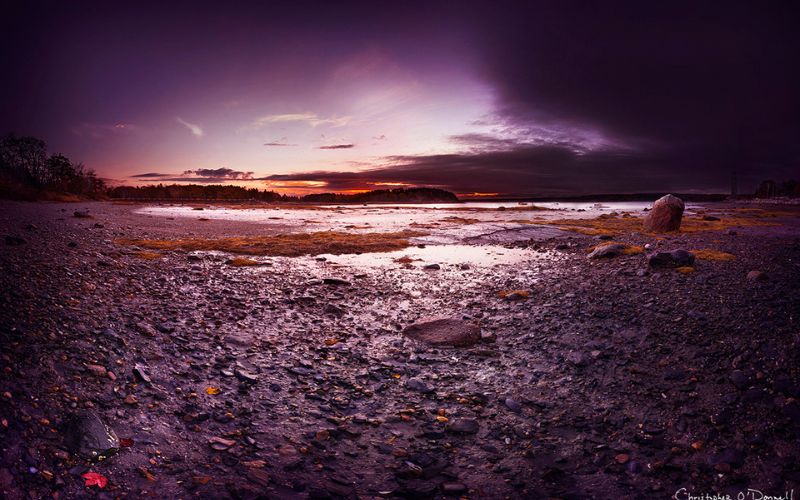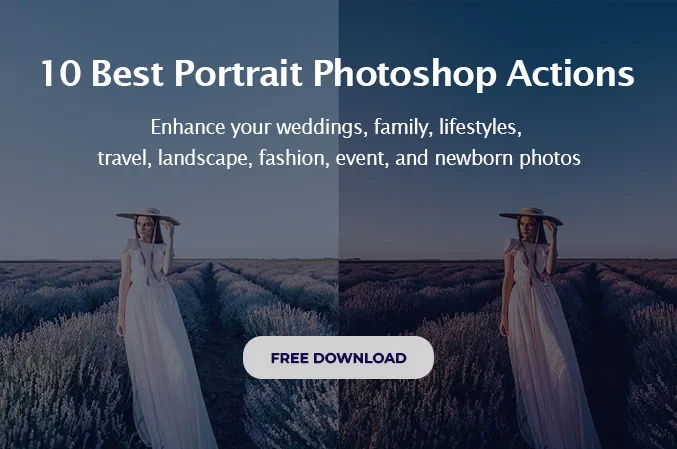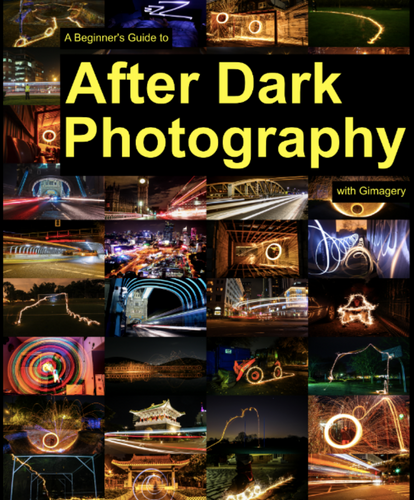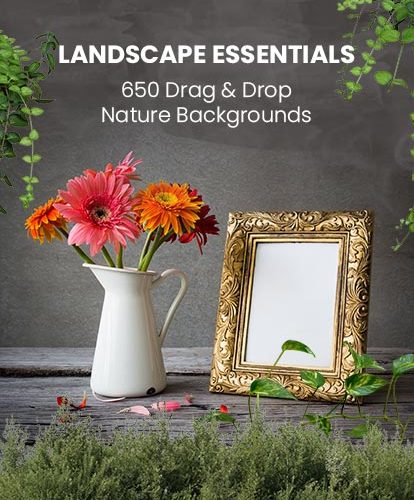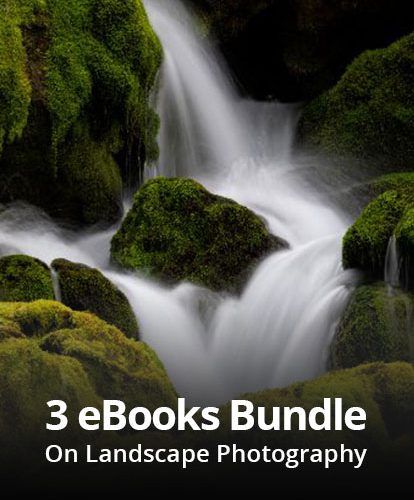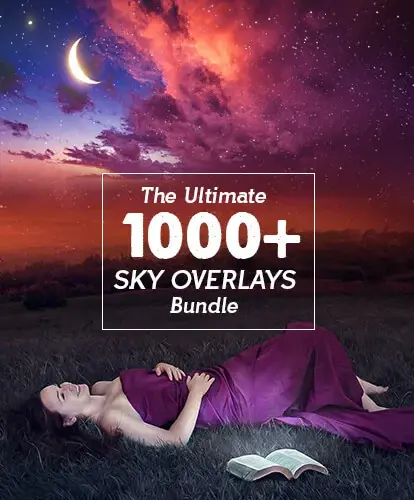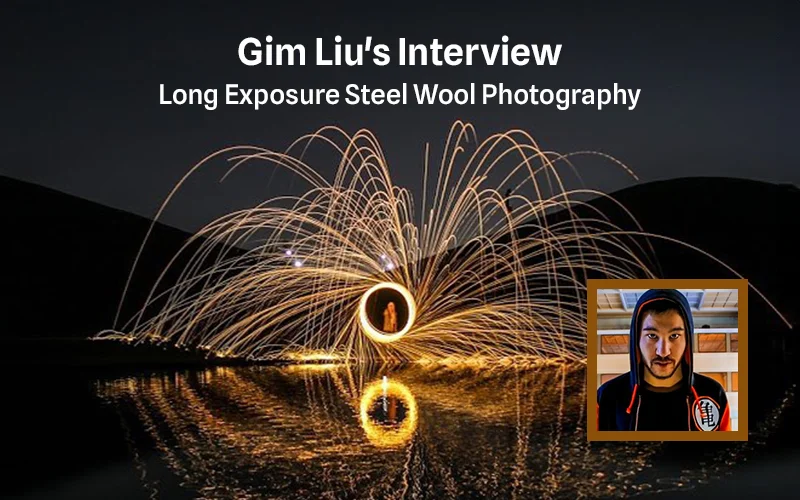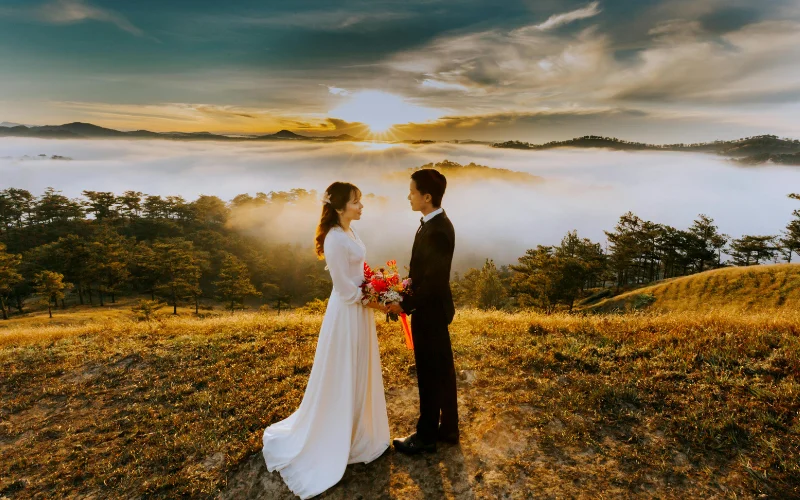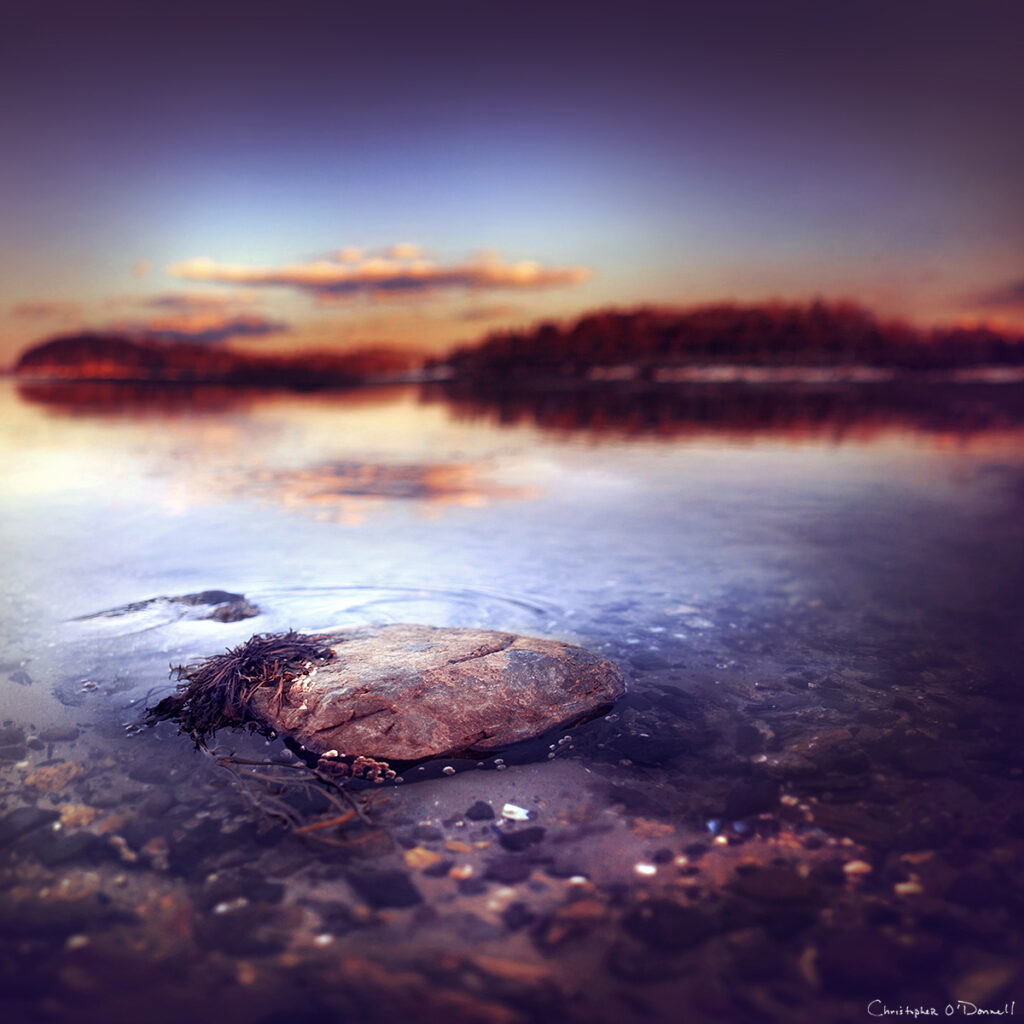
Chris O’ Donnell spends his time in Maine, where he captures the most breathtaking Bokeh Landscapes. Unlike many landscape photographers, Chris’s work uses an extensive amount of bokeh (background blur in the photo) which allows him to create amazing images that really stand out from the other landscape photographers.
Chris has even written 2 e-books on the subject of bokeh and how to incorporate it into your landscape photography. You should pick them up today and start learning how to create a stunning bokeh that will greatly enhance your photos.
Bokeh Landscapes are one of the most difficult effects to master. If not done right Bokeh Landscapes look sloppy and the charm of the landscape is lost. But, if done using the right technique you can definitely find character even in your landscape stills.
We recently got the privilege of picking Chris O’ Donnell’s to ask him more about his photography.
How did you get started in photography?
Photography was a chance encounter for me. It was my senior year in college and I needed quite a few studio art credits in order to fulfill my requirements. After being shut out of two art classes for not having the right prerequisites, I went to the dean who happened to be teaching an intro to black/white film class. It was that one class which made my entire four years of college worth while.
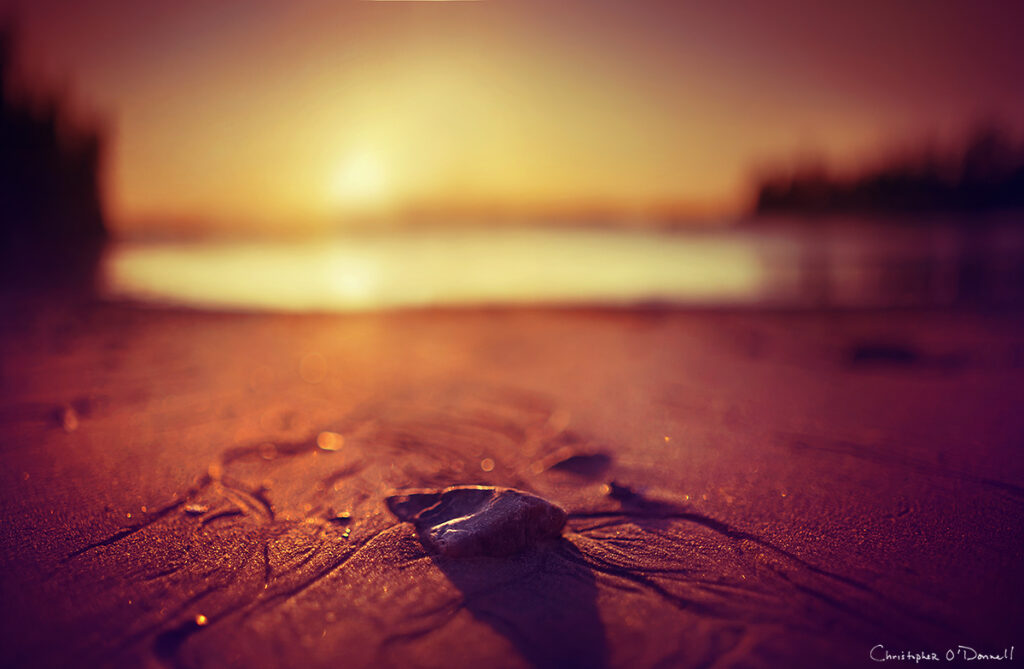
At what point did you make photography your career, and how do you currently earn a living from it?
Since college, I became more connected to landscape photography and began to pursue that intently as an art. It’s why I moved to Maine – to fully immerse myself in nature. After I reached a certain level of expertise with the technical side of photography, I began writing courses and articles for publishers, as well as tutoring students and offering prints of my work. After much encouragement, I recently began writing eBooks detailing my workflows, which is my primary focus now.
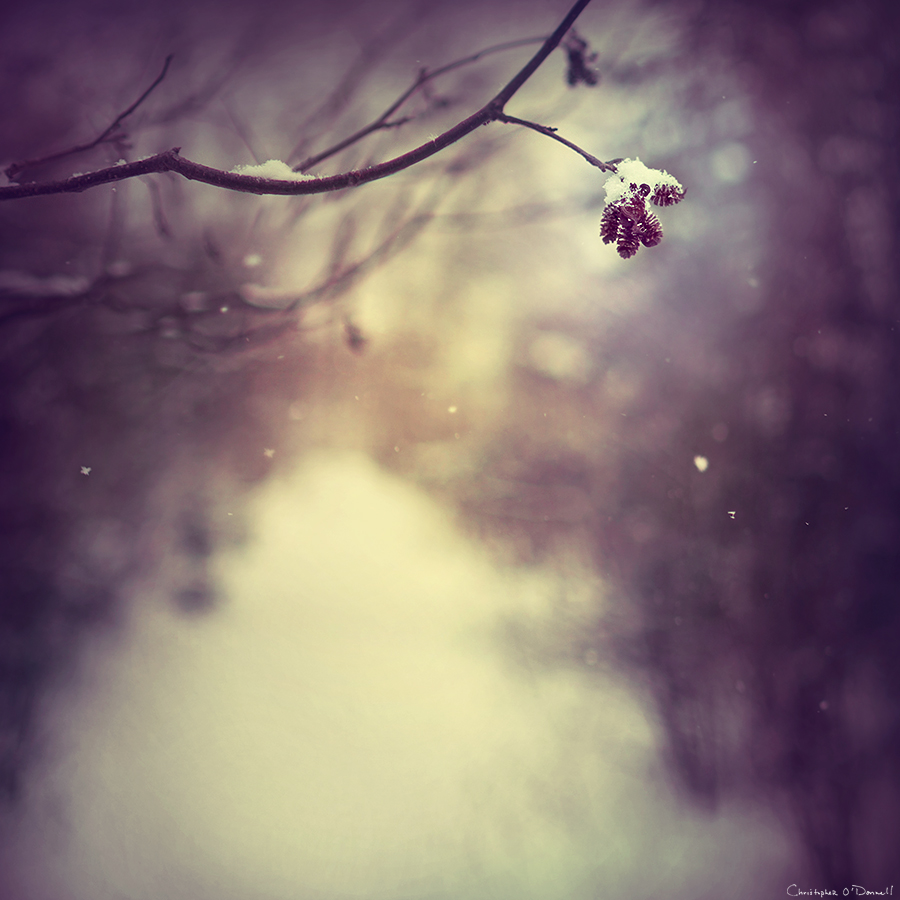
Your book is all about bokeh. Can you give us 3 quick things a photographer can do to improve their bokeh?
Generally speaking: 1. an understanding of light, 2. an understanding of distances, and 3. knowing how those two elements interact with one another will vastly improve the appearance of your bokeh.
Bokeh does not happen randomly; there is a recipe for it, and it’s more than simply using a wide aperture. Many photographers will often encounter bokeh in their work, and become frustrated for not being able recreate it on demand. My eBooks aim to demystify bokeh by explaining what conditions are needed, and how differently your bokeh can appear with subtle changes to both your gear and your environment.
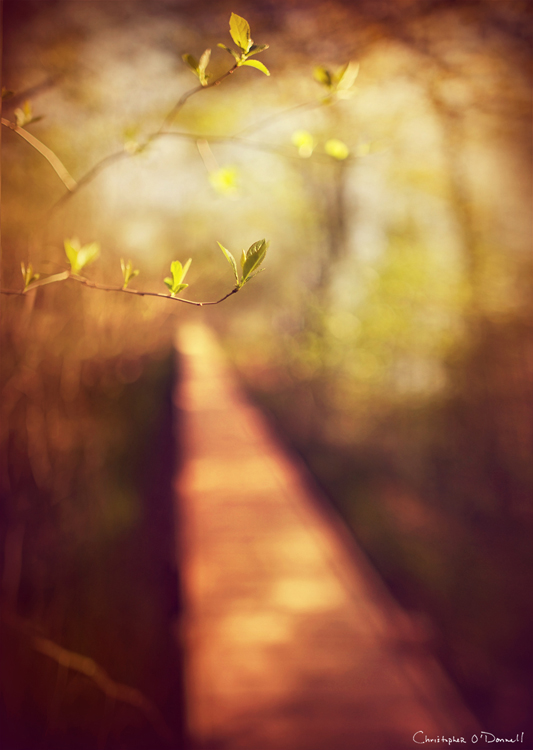
You have beautiful color tones. Can you give us a breakdown of your post-processing workflow?
My editing process deals strictly with tones and colors – which can take a few hours to perfect. I don’t have a “typical” editing workflow. I pick a color palette that I think represents the emotion and atmosphere of the environment and let my inspiration take the lead. I dodge and burn to bring out certain areas of interest, and use many layers.
The experience I had when taking a photo will dictate what the end result will look like, and the path to the final image is never clear for me. I will often spend hours, or even several days, working on a photo until I recreate what I felt.
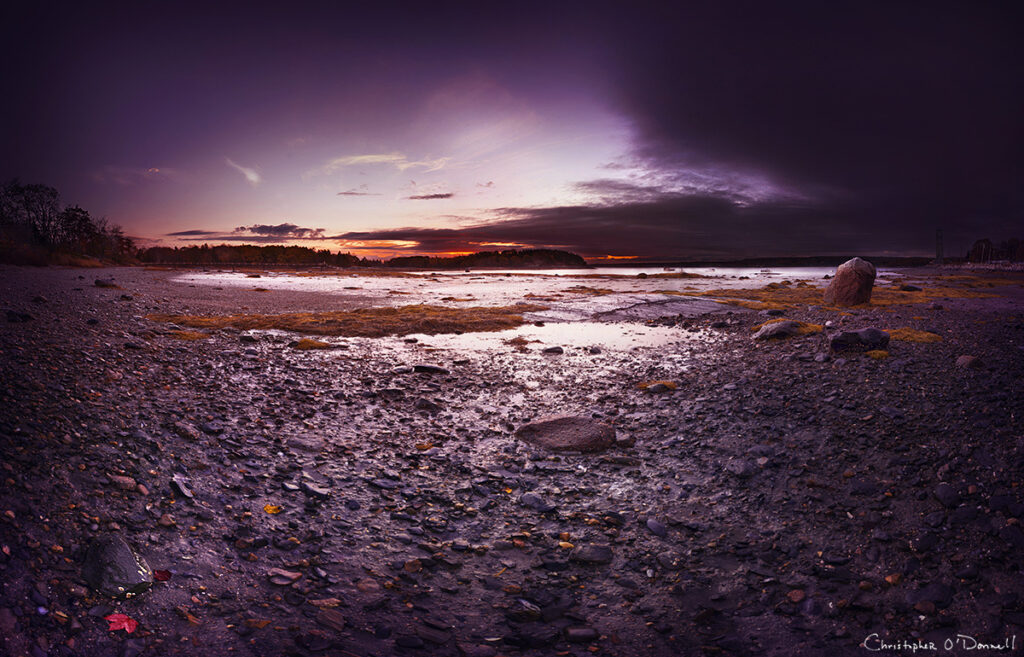
What gear do you currently use?
My camera bag is rather simple for my creative needs. I work with the Canon 5D body, and carry three lenses: the 24mm f1.4, the 85mm f1.8, and the 300mm f4 primes.
Take us through your process when you set out to take photos. How do you find the location? How do you decide your vantage points? How do you figure out what camera settings you want to use?
My location scouting is a combination of familiarity with the landscape and identifying how the light affects the terrain. I use a variety of methods, ranging from Google maps and The Photographer’s Ephemeris to simply walking along the coast and seeing what opportunities present themselves.
Choosing a vantage point is arguably the most important step to my in-the-field workflow, and my thought process behind it changes for each image. What I can say generally though is that I fully explore and consider multiple vantage points when approaching a scene, and rarely shoot from my normal standing height.
I typically shoot in full-manual mode since I often use methods that require a static aperture, focus, etc. – such as auto-bracketing or panostitching – and I don’t want my camera making any adjustments for me. It depends on the scene, but my main goal – from a technical standpoint anyways – is to capture the complete tonal range of the landscape, and the rest of my workflow will accommodate that.
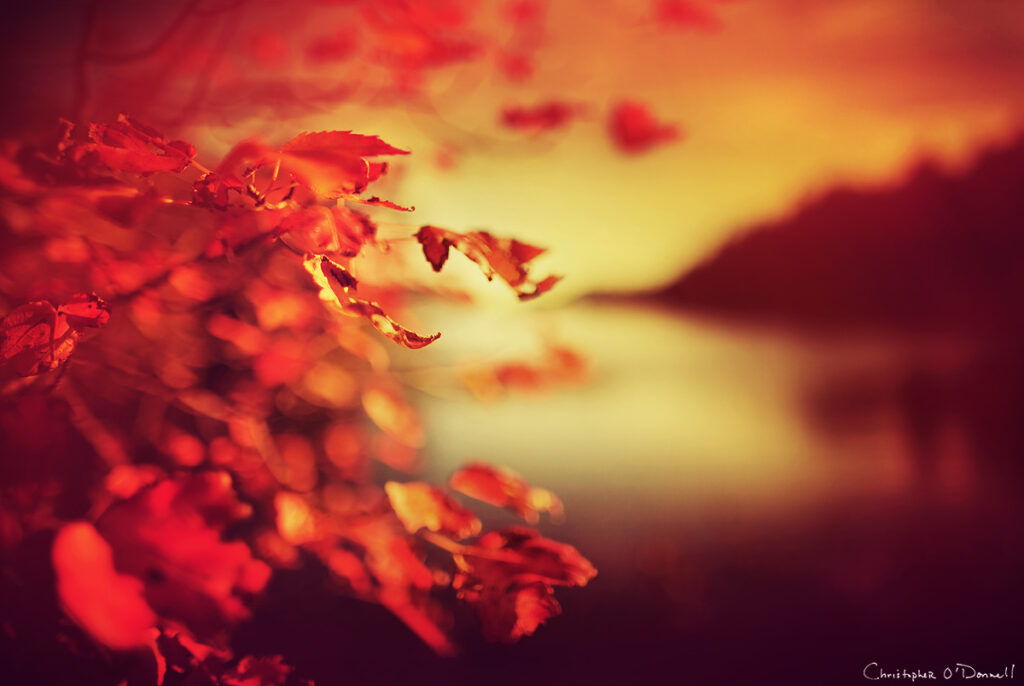
What struggles did you face when trying to improve your landscape photos and how did you overcome them?
There is a distinct difference between technical struggles and the struggles in your creative development, and it can be easy to confuse the two. For me, I had a simple workflow for overcoming a technical struggle – research and practice. The photography learning industry has undergone a revolution with the wide availability of quality information on the internet, so it is quite easy to learn a new technique through this method. Photography forums and blogs are especially helpful.
The creative challenges one can encounter is what most photographers struggle with – developing a technique, a style, and artistic individuality. I do enjoy to keep things simple, so in retrospect there is one common thread throughout my creative development thus far – I pursue what I enjoy, and disregard the rest. Focus on what nurtures your artistic soul, and you will find that your work will vastly improve without any “struggle”.
For me, I knew I wanted to photograph landscapes, and also loved the bokeh effect and use of wide apertures. Landscape photography is typically shot at a deep depth of field, yet I followed my own creative path by pursing what I enjoyed without allowing the industry to dictate how I photographed.
If you find a photographer’s work to be inspiring, identify what about their work speaks to you – analyze every aspect and think critically. Is it the color, the content, the vantage point? There is nothing wrong with mimicking the work of another photographer, as long as it is a part of the learning process to your creative journey and development, and you continue to evolve after you have mastered that technique.
If you follow what inspires you and awakens your artistic soul, you will always find enjoyment in your photography – and that makes you already successful as an artist.
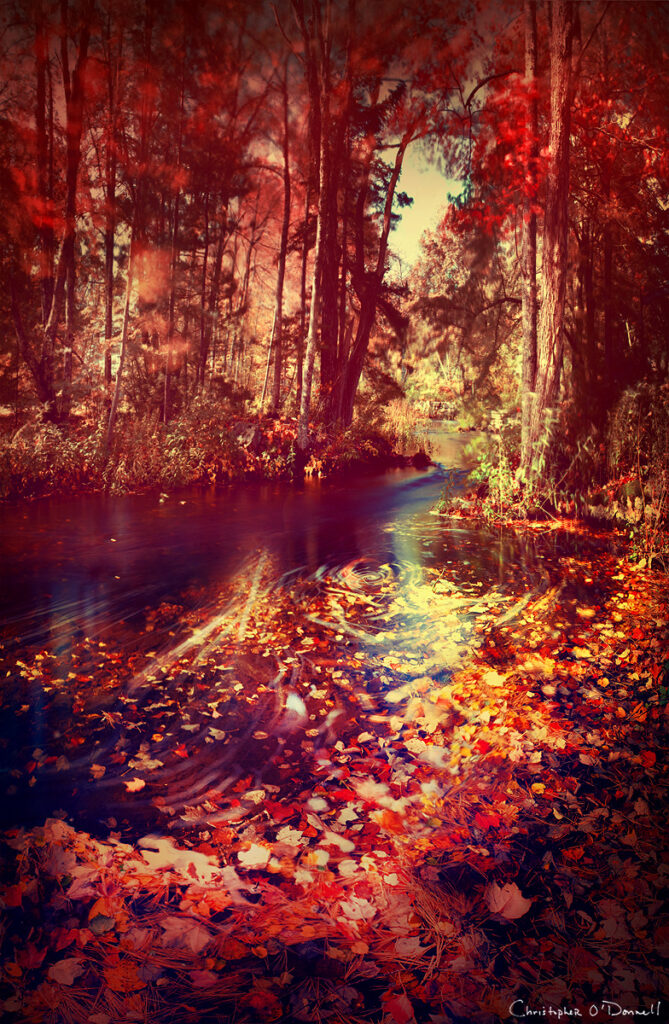
How do you set yourself apart from other landscape photographers?
It’s not a conscious decision; I let my inspiration guide me. Everyone has their own artistic vision, and as a result my portfolio is not what is considered “mainstream” for landscape photography.
Want to learn more from Chris?
The art of Bokeh Landscapes in a step by step process. Tools to master your Bokeh Landscapes. The equipment and the software required and used by professionals to give your Bokeh Landscapes an edge. The journey from being an ammeter to excelling in the Bokeh Landscapes field through the perspective of the maestro himself.
Get his bokeh e-books and start learning how to create beautiful bokeh in your photography!
See more of Chris by checking out his website!
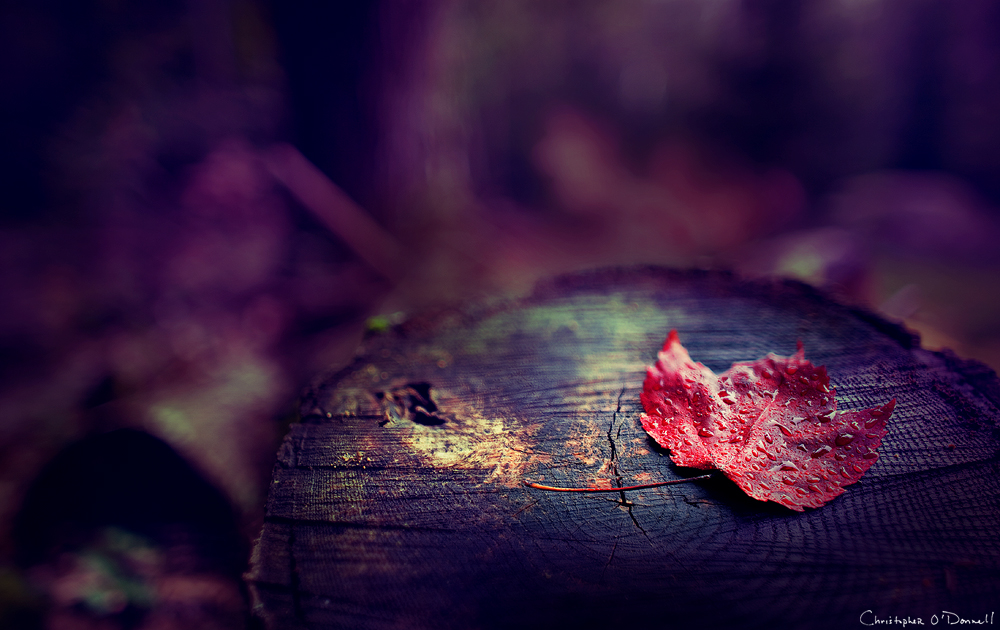
Found the interview to be attractive? Learn more tips on capturing perfect landscape images from this landscape photography guide.
